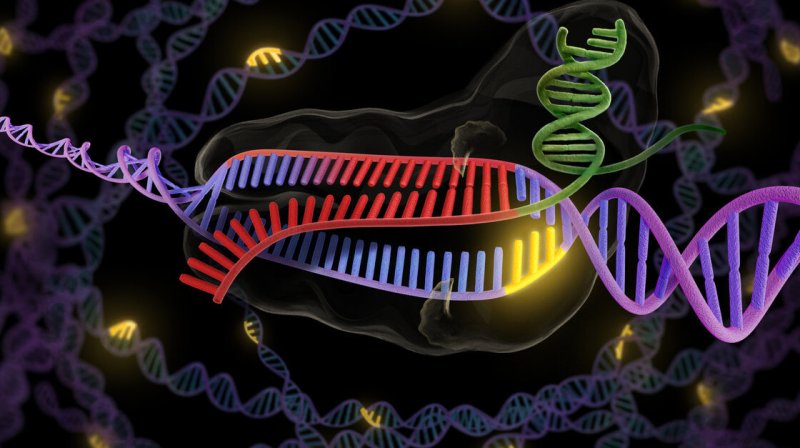Within a few years, the study of CRISPR had moved beyond fundamental research into a full-fledged gene-editing revolution that enabled scientists to fashion novel plants and animals with thrilling—and sometimes troubling—ease.
…
Humans learned these gene-editing techniques from bacterial species that used CRISPR to fight off their viral attackers…Whenever such a bacterial cell kills off a virus, it inserts a fragment of the viral DNA into its own genome, which allows it to identify that virus easier in the future. To make that genomic self-edit, bacteria cut their own DNA using two CRISPR-associated proteins (Cas1 and Cas2), insert the virus’s genetic signature, and stitch the DNA back together with DNA-repairing enzymes.
…
Gene editing also quickly raised a gamut of medical, legal, and ethical questions. The steady stream of studies in which scientists used CRISPR to change over a dozen plant and animal genomes, brought up an uncomfortable question: Are humans next? Would it be ethical and beneficial to apply gene-editing techniques to ourselves?
The GLP aggregated and excerpted this blog/article to reflect the diversity of news, opinion, and analysis. Read full, original post: How Bacteria Taught Us to Edit Genes































